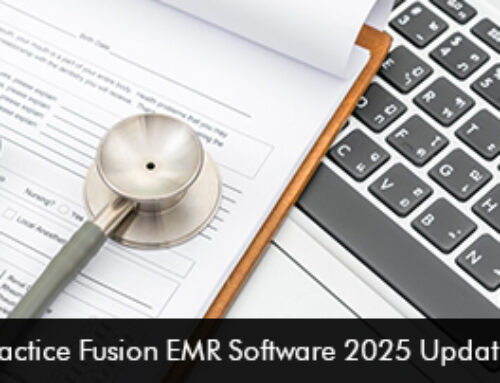Many ambulatory care services deployed virtual care solutions to offer treatment remotely during the COVID-19 pandemic. This triggered a boost in ambulatory clinician EHR software use, as per a study published in the Journals of the American Informatics Association.
Assessing the change in EMR usage
Researchers made use of data from ambulatory care clinicians to help them evaluate the change in EHR use. The data was taken from 366 healthcare organizations that have been leveraging Epic EMR software systems from December 2019 to December 2020.
The findings from the research revealed that everyday physician EHR use declined at the start of the pandemic and later increased in July 2020. Patients became responsive to various virtual tools and features within the electronic health records software system during the pandemic. This included secure, two-way messaging in the EHR system and the patient portal software. This capability in the software solution helped enhance patient-provider communication and also improved patient engagement. The usage of the communication features has had an impact on the time spent for those providers to offer care through the EMR software.
An increase in clinician workload and physician burnout
Clinician workload paced up due to an increase in patient messages during the pandemic. Physicians received 157 percent more messages from patients per day as compared to pre-COVID-19 statistics. Each patient message contributed to an added 2.32 minutes spent using the EHR system each day.
Moreover, Healthcare providers are not reimbursed for sending messages to their patients or the time spent on studying patient records. When clinicians have to work beyond scheduled working hours without any reimbursements this leads to clinician burnout, poor patient care, and higher costs. Physician turnover is also linked to clinician burnout. Healthcare providers experiencing any levels of burnout are more likely to leave their organization.
Strategies to reduce physician burnout
It is vital for healthcare organizations to keep clinicians satisfied and happy by keeping physician burnout at bay. The following strategies can be deployed to help providers stay motivated and offer the best level of care to their patients.
- Offer flexible scheduling policies to reduce any stress associated with the workload.
- Mitigate stress related to Electronic Medical Records (EMR) software usage. This can be done by using intuitive solutions, offering adequate training, and hiring scribes for the charting process.
- Leaders should be engaging and should listen to issues to improve job satisfaction.
By keeping the physical and mental exhaustion out of the window providers will be willing to offer high-quality care, reducing chances of errors and ultimately improving health outcome levels.







